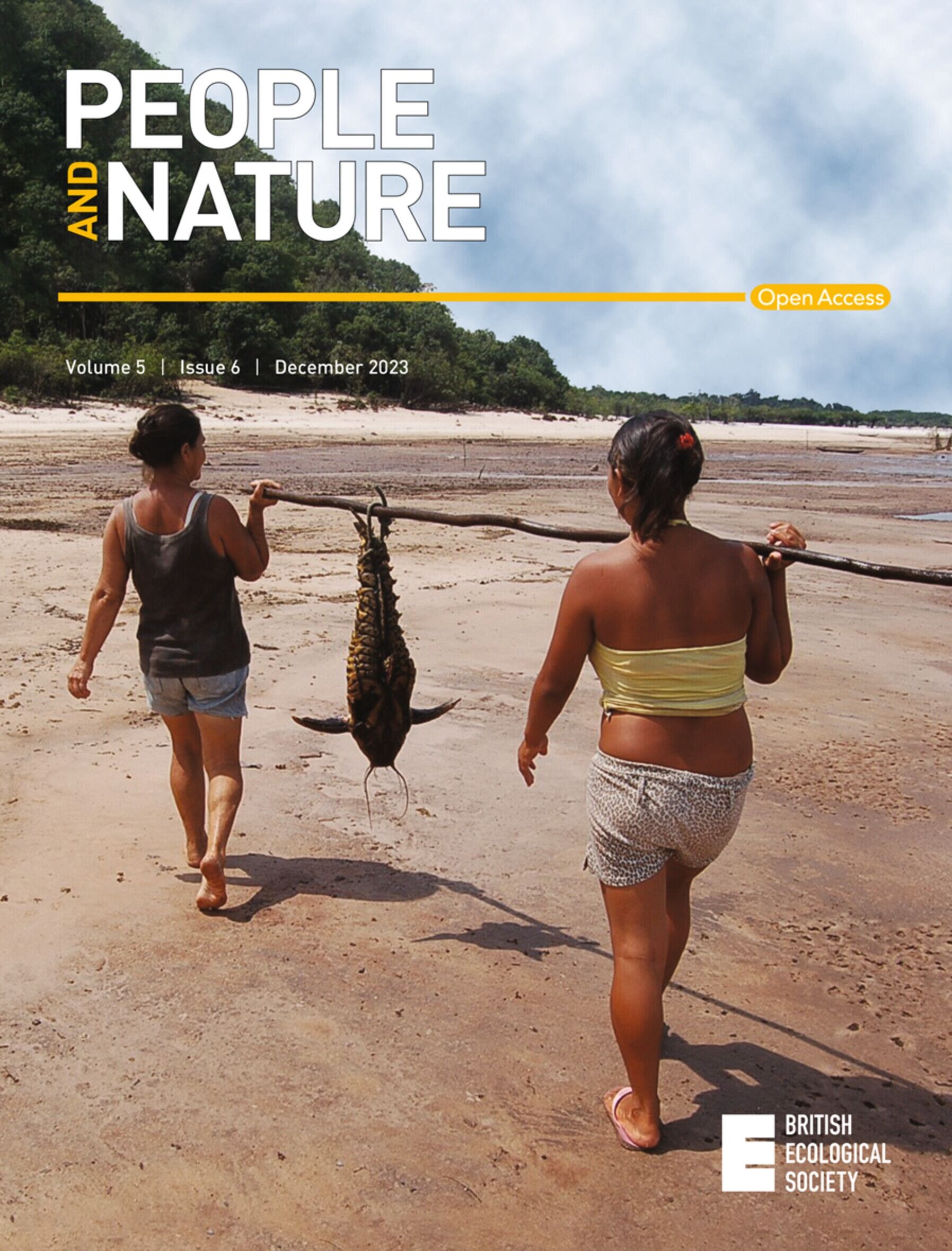Poetic inquiry to explore the relational values of a transforming peat landscape
IF 4.2
1区 环境科学与生态学
Q1 BIODIVERSITY CONSERVATION
引用次数: 0
Abstract
Restoring degraded peatlands is a promising strategy for mitigating carbon emissions. Large‐scale landscape transformations, such as rewetting of land used for intensive agriculture, often lead to conflicts. Elicitation of the relational values acting as barriers to landscape transformation may support the resolution or taming of such conflicts. This study aimed to explore the relational values associated with a transforming peatland site in Northern Germany. We focused on the value of living and non‐living peat landscape elements; cultural heritage values and identities; educational values; spiritual values; recreational values; and sensory, affective and cognitive experiences. Additionally, we sought to understand how past landscape changes have influenced these values. We conducted interviews with land managers and local residents. Using an art‐based research method, we created six thematic participant‐voiced poems that capture the diverse peatland values. Subsequent interpretation of these poems revealed three key observations: the importance of multisensory experiences; the significance of specific living elements; and the deep cultural and historical values linked to peat landscapes. Landscape changes impact peat landscape values, potentially weakening bonds between people and the peatland. Our study indicates that considering the cultural and historical significance of landscapes may prevent conflicts and foster support for peatland restoration. Ensuring the well‐being of those living and working in these areas requires value‐inclusive landscape planning that embraces a broader focus on relational values. This also involves the potential promotion of value shifts. Such an approach may cultivate a more sustainable and inclusive transformation of the landscape. Read the free Plain Language Summary for this article on the Journal blog.用诗意的探究来探索泥炭景观变化的关系价值
恢复退化的泥炭地是一项很有前景的减少碳排放的战略。大规模的景观改造,如重新湿润用于集约农业的土地,往往会导致冲突。本研究旨在探索与德国北部一处正在转型的泥炭地相关的关系价值观。我们关注的重点包括:有生命和无生命泥炭景观元素的价值;文化遗产价值和身份认同;教育价值;精神价值;娱乐价值;以及感官、情感和认知体验。此外,我们还试图了解过去的景观变化是如何影响这些价值的。我们对土地管理者和当地居民进行了访谈。通过艺术研究方法,我们创作了六首主题诗歌,这些诗歌捕捉到了泥炭地的各种价值。随后对这些诗歌的解读揭示了三个关键观察点:多感官体验的重要性;特定生活元素的意义;以及与泥炭景观相关的深厚文化和历史价值。我们的研究表明,考虑景观的文化和历史意义可以防止冲突并促进对泥炭地恢复的支持。要确保在这些地区生活和工作的人们的福祉,就必须进行价值包容型景观规划,更广泛地关注关系价值。这还涉及到促进价值转变的可能性。这种方法可能会促进更可持续、更具包容性的景观转变。请在期刊博客上免费阅读本文的通俗语言摘要。
本文章由计算机程序翻译,如有差异,请以英文原文为准。
求助全文
约1分钟内获得全文
求助全文

 求助内容:
求助内容: 应助结果提醒方式:
应助结果提醒方式:


